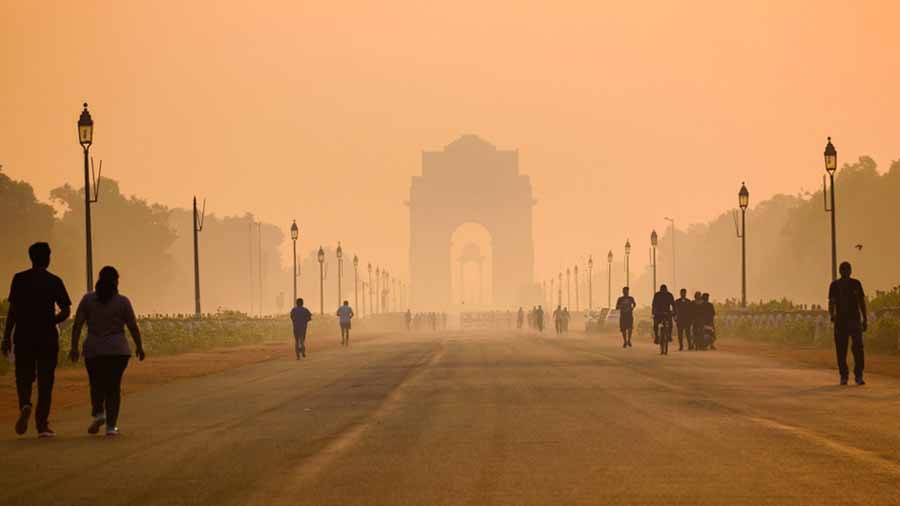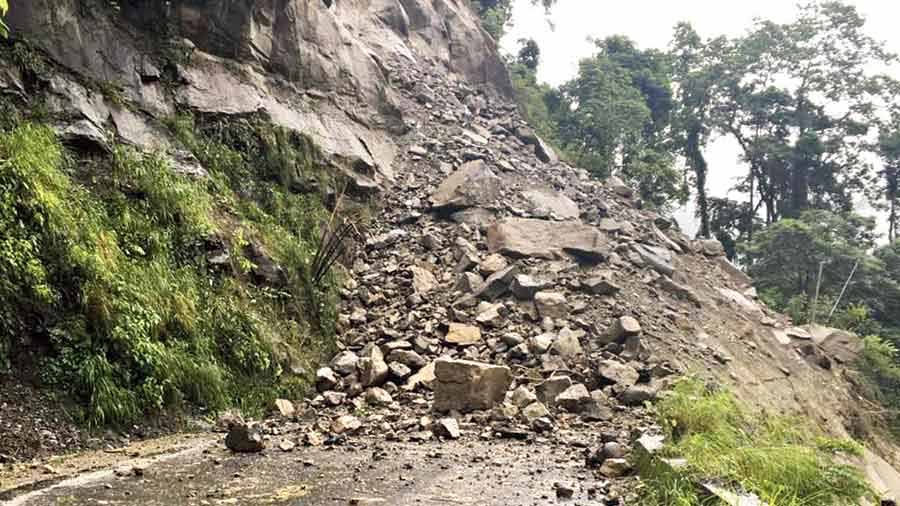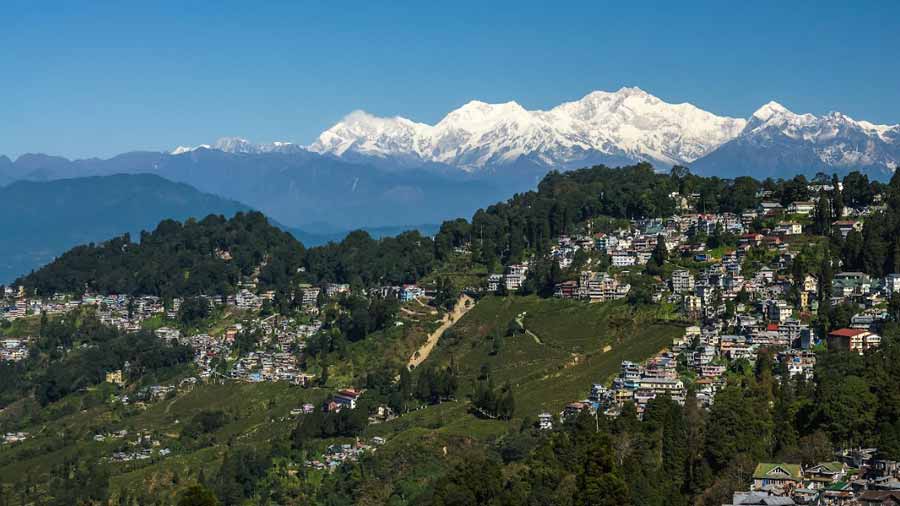Darjeeling might be receiving plenty of snow this winter but the average temperature of the hill station would increase more than that of Delhi by the end of this century if the current rates hold.
According to an interactive tool in the Working Group 1 part of the Assessment Report (AR) 6 published by the Intergovernmental Panel for Climate Change (IPCC) last August, the average annual temperature in Darjeeling will go up by 5.4 degrees Celsius by 2100 in comparison with the average temperature in the pre-industrialisation era. The projected rise in temperature in Delhi over the same period is 5.3 degrees Celsius at the current rate of global warming.
The global annual average temperature will rise by 4 degrees Celsius by 2100, the interactive tool predicts. The rise in average temperature is one of the most important indicators of climate change.

The average annual temperature in Delhi may rise by 5.3 degrees Celsius by 2100 in comparison with the average temperature in the pre-industrialisation era Shutterstock
Professor Subimal Ghosh from IIT Mumbai and professor Saiful Islam from Bangladesh University of Engineering and Technology, Dhaka, two of the lead authors of the IPCC report, ratified My Kolkata’s findings regarding temperature rise in Darjeeling and Delhi using the interactive tool.
The average annual temperature over the period 1850 to 1900 is the base in this comparison. The pre-industrial 50-year period is considered the benchmark as human-induced emissions started with the onset of industrialisation.
About 90 per cent of Darjeeling’s temperature rise of 5.4 degrees Celsius is projected to occur between 2015 and 2100. The longer span of 1900 to 2015 has accounted for only about 10 per cent of the total projected temperature rise.
In this scenario, Darjeeling’s average maximum temperature will be 31.2 degrees Celsius by 2100. The highest temperature recorded in Darjeeling till now is 26.7 degrees, according to the Indian Meteorological Department (IMD).
Even if the increase in the global annual average temperature is restricted to 2 degrees Celsius, as envisaged by the Paris climate agreement of 2015 that was signed by 200 countries, including India, Darjeeling’s average temperature is going to increase by 3.1 degrees Celsius.
“The projection matches with our assessment. Within the last decade, the average minimum temperature in Darjeeling has gone up almost 1.5 degrees Celsius,” said Abhijeet Chatterjee, a climate scientist leading the Darjeeling wing of the Bose Institute.
Maximum one-day rain to shoot up
Darjeeling might also see a sharp rise in maximum one-day rainfall to as much as 120mm.
According to experts, that much rain within a short span will trigger landslides and cause other infrastructural problems.

Debris on NH10 after a landslide at Hatisuray near Sevoke, Darjeeling district in August last year. According to experts, a sharp rise in maximum one-day rainfall will trigger landslides and cause other infrastructural problems Passang Yolmo
“Darjeeling is already struggling with landslides as illegal constructions have blocked the jhoras (water channels). Unless we immediately counter the damage to the climate and refurbish our infrastructure, we will have to suffer,” said an environmentalist.
“Another election is coming but none of the political parties is talking about the environmental and climate emergencies facing us,” complained Animesh Bose, another environmentalist from the region.
"While in power we had created a climate action plan for Siliguri. We will definitely include climate issues in our city manifesto and give priority to those if we win the upcoming election," said Asok Bhattacharya, CPM leader and former mayor of Siliguri.
